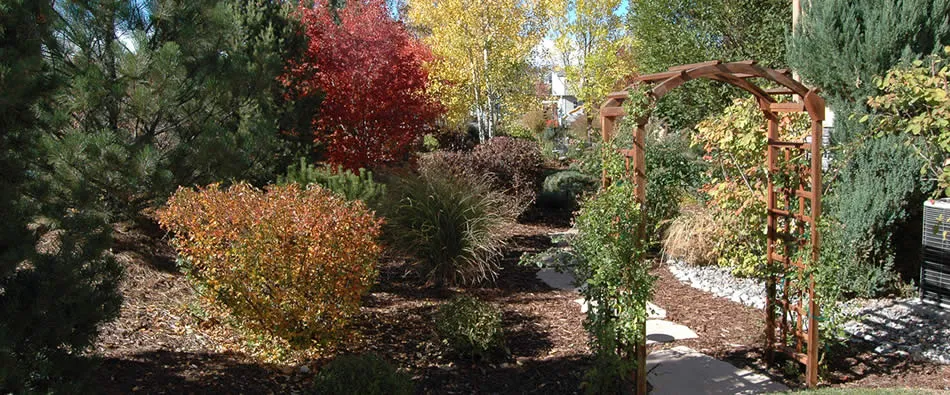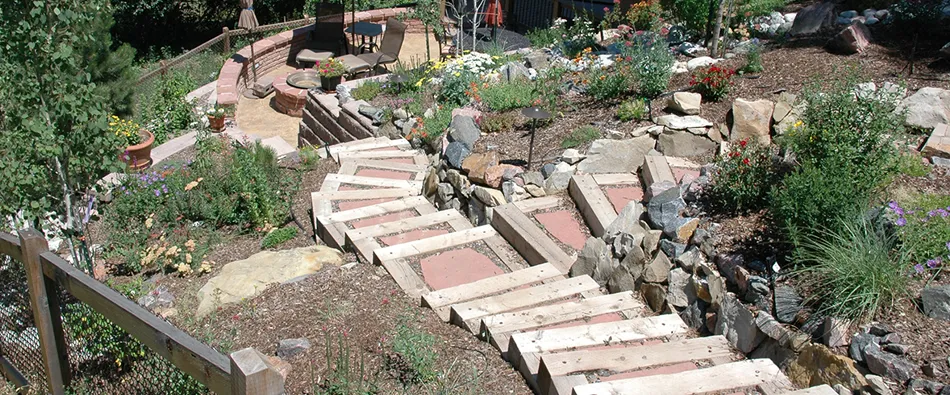Spider plants are a lovely addition to any home, and are well adapted to hanging baskets.
Spider plants thrive on high, indirect sunlight. Exposure to direct sunlight results in leaf burn. Spider plants thrive at temperatures between 65 and 80 degrees Fahrenheit. Although they can withstand occasional temperatures as low as 40 degrees, it is best to avoid cold temperatures whenever possible. Move spider plants a few feet from the window to protect them during the cold season.
Spider plant There is no strict rule for watering spider plants. Keep the soil evenly moist, but don't over water. Water spider plants in response to plant demands, which depend on the type and size of plant, container size, and stage of growth. Check plants each day and water only if the soil is dry.
Fertilize spider plants with a complete, soluble fertilizer for houseplants. Fertilize once every two months if your plant is growing in an area with high light, and once every three months in medium light. Refer to the manufacturer's recommendations to determine the appropriate amount of fertilizer to use.
Leaf tip burn is a problem common to spider plants, and is usually the result of too much fertilizer, or water that is high in soluble salts. To avoid leaf tip burn, do not allow plants to become excessively dry. When watering, allow ten percent of what is applied to leach from the bottom of the pot, and remove any excess water from the saucer.
With proper care, flower stalks will sprout from the base of a healthy spider plant. Small plantlets develop at the point of attachment of each flower. To root plantlets for new plants, remove them from the main plant and place them in water.
Contact us for your entire landscape needs at:






